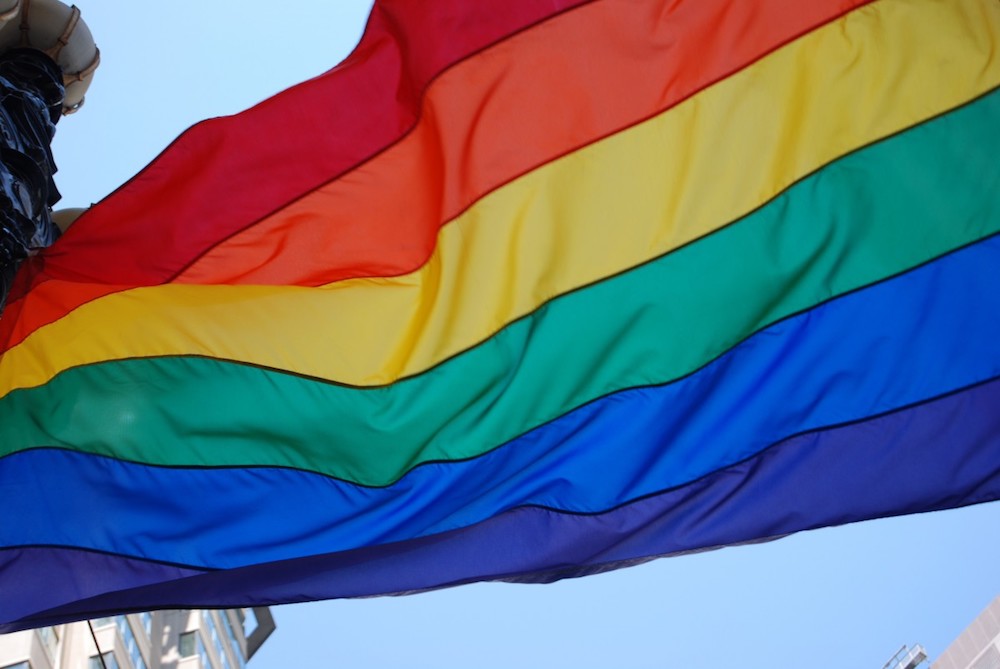The role of an editor is to ensure throughout each stage of the editing process that the writer communicates their view of the world to the reader in the best way possible. With such a responsibility, editors should look at the ways in which the language and manuscripts they edit affect the world around them. Editors should look at how the representation of life and people on the page shape and change society’s understanding of real people in the real world. To gain further distance on the path towards impartial inclusion, here are some tips for inclusive and mindful editing in regards to the LGBTQ community:
- Ask members of that group how they would like to be referred to. Having someone in a position of privilege assign a name or term to a minority group can lead to further misunderstanding and misrepresentation. No one knows how to better represent and write about a group than a member of that group and hearing their real-world experiences will only deepen the authenticity of the story.
- Look for manuscripts that show structures other than the typical male-female relationship. The existing representations of gay and lesbian relationship in literature is a step in the right direction but simply not enough to truly represent the depth and range of human sexuality. Editors can look for manuscripts that don’t just normalize homo-sexual relationships but bisexual, transgender, intersexual, asexual, and pansexual relationships as well (to name a few).
- Look for manuscripts that don’t solely focus on a character’s sexual identity or how other characters are not accepting of it. If the story focuses on a gay male character’s career, the editor can make sure that the author talks about his sexuality in a way that does not make the reader assume his gayness as a detriment to his career. Unless the manuscript specifically discusses the horrors of sexual prejudice or historical homophobia, editors should look to ensure that the character’s gender identity or sexuality is discussed in a way that does not label it as abnormal.
- Try not to assume heterosexuality when not specified. When writing queries to the author or making suggestions in the manuscript, the editor can reference the character’s “partner” or “sexual relationship” as opposed to their “boyfriend” for a female character or “girlfriend” for a male character. This way of normalizing the homosexual and de-normalizing the hetero- will place the terms on a level playing field that does not assume one as superior to the other.
- Avoid terms such as “the opposite sex.” This assumes the gender binary of male/female and excludes the multitude of other gender identities that do not fall under the strict male/female understanding.
- Employ the use of gender-neutral pronouns. By using the singular “they/their/them” in place of the traditional he/she, the reader will not automatically assume the gender of a character, allowing space for the author to include genders that fall outside the male/female binary.
- Avoid referring to transgender peoples in terms of pre- and post-operation and only mention any sort of operation when absolutely pertinent to the story. Again, ask how transgender peoples want to be referred to, and use that name and pronoun. Note that this is usually the post-transition name, even when talking about the person before the transition. Taking this into consideration, editors will want to avoid reducing the transgender experience to a single surgery, as the process takes months if not years, as opposed to the commonly-misconstrued notion of it happening overnight.
- Turn the focus from a person’s appearance as the primary indicator of gender or sexual identity. Don’t reduce the character to their appearance and whether they dress as a “typical male” or “typical female.” Instead, writers and editors should allow space for persons to define themselves through behavior and personality as opposed to appearance.

